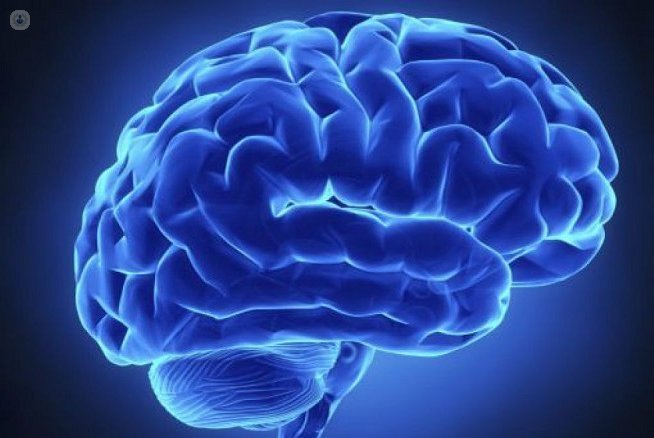Recent advances in endovascular treatment (through microcatheter) of brain arteriovenous malformations (AVM)
Written by:The doctor. Leopoldo Guimaraens is a renowned interventional neuroradiologist and one of the pioneers in the country in the development of this specialty. Today is the chief neuroangiography Services Diagnostic and Therapeutic "J. J.MERLAND "Catalunya General Hospital and the Hospital del Mar in Barcelona and co-director of service and Percutaneous Endovascular Therapeutics Hospital of Our Lady of the Rosary of Madrid.

First, tell us what a cerebral AVM.
AVM is a congenital disorder of the blood vessels of the brain, characterized by the presence of a ball of malformed vessels with an abnormal connection between the arteries and veins of the brain.
What are your symptoms?
Symptoms usually do not appear until complications arise, such as a rupture of one of the vessels of the malformation, causing a brain hemorrhage (50%) or taking a seizure disorder with or without loss of consciousness. Depending on the severity and location of the bleeding, bleeding can cause severe or fatal disability. The risk of bleeding from an AVM is about 2 to 4%, with the risk of rebleeding 6% during the first year and 2-3% in the second year, and constituting a cumulative risk in the years following. After bleeding there is a risk of developing epilepsy. It is therefore important that, in case of bleeding, patients are treated as soon as possible.
The range of symptoms is wide, and can occur in isolation or in combination. They often include headaches, vision problems, weakness, inability to move a limb or one side of the body, loss of sensation in a body part or abnormal sensations, etc.. Although the injury is present from birth, symptoms may occur at any age, being more frequent between fifteen and thirty years.
How are they diagnosed?
The main diagnostic methods, in addition to the comprehensive neurological examination, are the scanner, MRI and cerebral angiography, the latter being the ultimate test, because it allows us, besides studying superselectively angioarchitecture of MAV, prepare the treatment strategy either to eradicate by embolization (occlusion via endovascular means superselectivos catheterization through the arteries and / or veins by injecting sclerosing agents) or to reduce and prepare to be completed by radiosurgery and / or surgery, which are the three techniques current treatment.
What has been the evolution of embolization and how technology influences?
Until recently, the embolization alone in specialized centers, the complete closure of the AVM was approximately between 20 and 30%. But today, thanks to qualified personnel (medical and nursing staff), the use of rooms biplane angiography (available in all hospitals ALLURA CLARITY Biplane Philips scanner and giant flat screen with real-time three-dimensional reconstruction, which reduces up to 75% radiation to the patient, allowing us to identify, and treat very small lesions acting like a real microscope) and the use of double microcateterismo technique we call "pressure cooker" (being one of the essential MAGIC microcatheter is 1.2f, with which we can reach any glass however small), we get Maven occlusion over 70% of cases.
This technique began to be used in conjunction with Dr Madrid. Alfredo Casasco. Since then, it has performed well in our services Barcelona.


